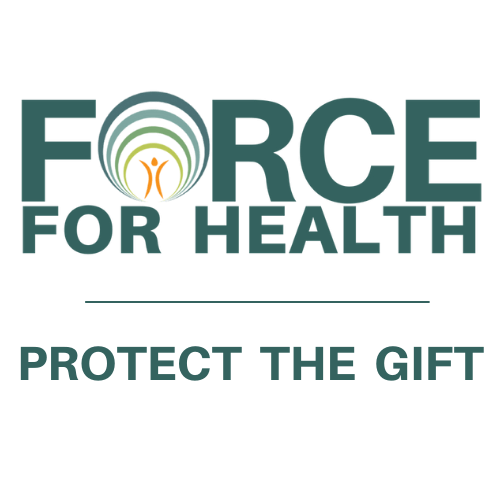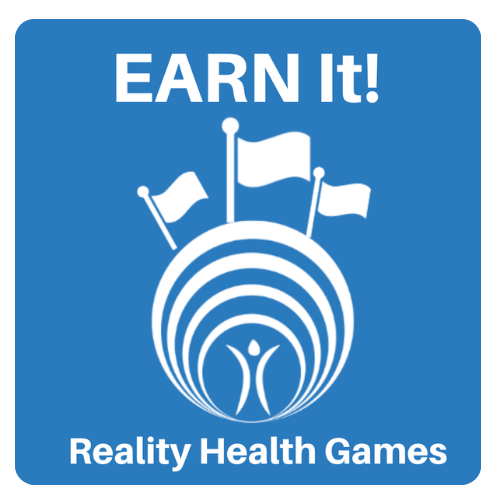My Healthy eBabyBook(Only partial...most likely to delete
-
6.5 Breech Presentation
-
6.6 Cesarean Birth
-
6.7 - Before Cesarean Birth
-
6.8 Pre-Term Labor
-
6.9 Labor and Childbirth - Your Body Prepares
-
7.2 Caring for Yourself
-
7.3 Anatomy and Breastfeeding
-
7.4 Benefits to Breastfeeding
-
7.7 Nutrition While Breastfeeding
-
7.15 When to Call the Doctor
-
7.14 Laying Baby Down to Sleep
-
7.12 How to Diaper
-
7.17 Signs for Jaundice
-
7.8 Breastmilk - Expressing
-
7.9 Breastmilk - Storing
-
7.10 How to Bottlefeed
-
7.16 Umbilical Cord Care
-
8.3 Car Seat Installation
-
8.4 Car Safety for Newborns
-
7.11 Circumcision Care
-
8.2 Choosing a Car Seat
-
8.1 Infant Safety
-
7.13 Bathing Newborn
-
8.5 Car Seat Safety Checklist
Immediately after birth, it is important to clean and care for your baby’s umbilical cord. It is also important to make sure that the cord is not wrapped too tightly around the baby’s body.
The umbilical cord is a tube-like structure that connects the baby to the placenta. It is made up of blood vessels that carry oxygen and nutrients to the baby.
After the baby is born, the umbilical cord is no longer needed. The cord will be cut, and a small clip will be placed on the end of the cord.
It is important to keep the area around the umbilical cord clean and dry. The cord will usually fall off within a week or two. If the cord does not fall off on its own, you can gently pull it off.
If you have any questions about umbilical cord care, please talk to your healthcare provider.






